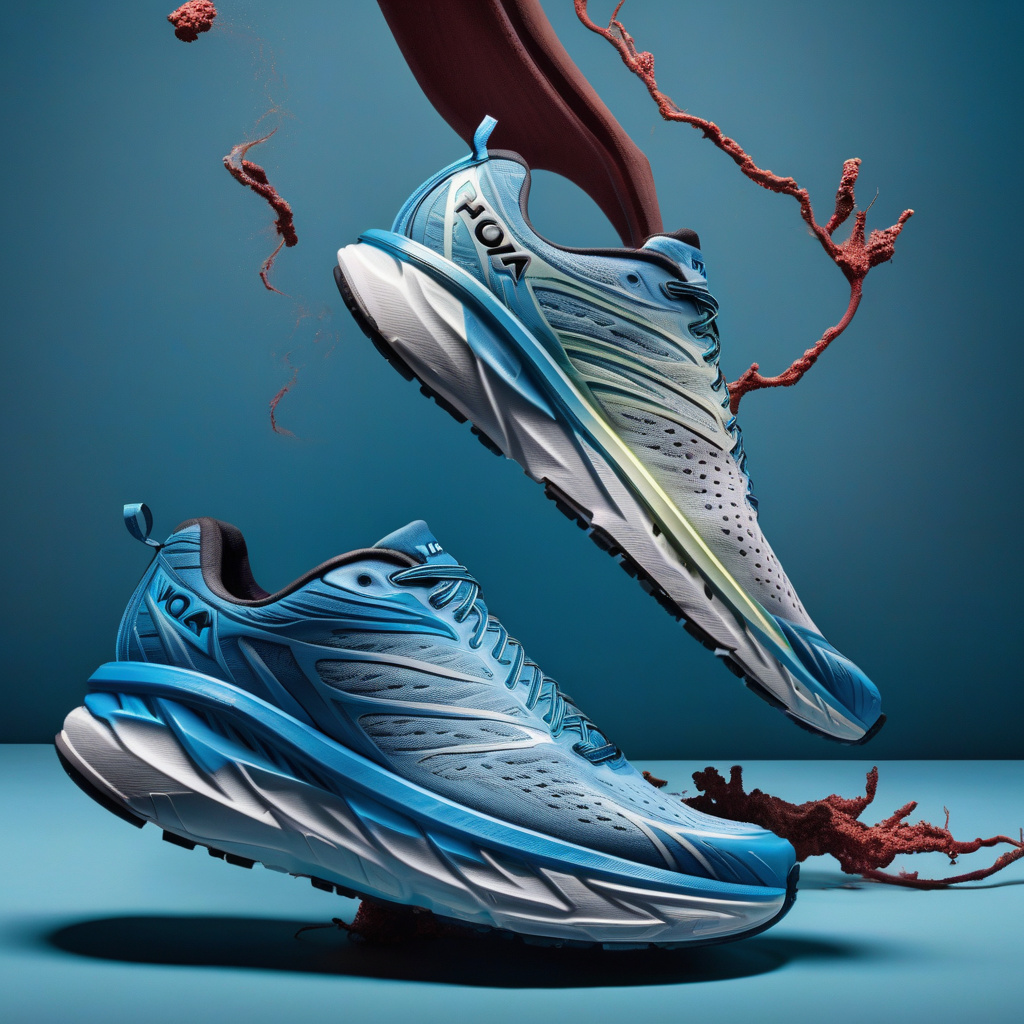Why Hoka Is Slowing and On Keeps Growing
In the competitive landscape of athletic footwear, two young sneaker brands, Hoka and On, have captured the attention of consumers and investors alike. For years, these brands have been in a neck-and-neck race, vying for dominance in the ever-expanding sneaker market. However, recent trends indicate a significant shift: Hoka’s growth has begun to falter, while On has surged ahead, positioning itself as a formidable player in the industry. This article explores the factors contributing to Hoka’s slowdown and On’s rapid ascent, providing insights into their business strategies and consumer appeal.
Hoka, known for its oversized cushioning and bold designs, has gained a dedicated following among runners and casual sneaker enthusiasts. The brand’s unique selling proposition centers around the promise of comfort and performance, making it a popular choice for long-distance runners and those seeking support in their footwear. However, despite its initial success and rapid growth, Hoka has recently faced challenges that have impeded its momentum.
One of the primary reasons for Hoka’s slowdown is market saturation. The brand’s rapid growth in the past few years attracted a wave of competition, resulting in a crowded marketplace filled with similar offerings. As more brands began to adopt Hoka’s signature cushioning technology, consumers had a wider array of options to choose from. This saturation has diluted Hoka’s unique position in the market, leading to a decline in sales growth as consumers explore alternative brands that offer comparable features.
Conversely, On has experienced a remarkable surge in popularity, bolstered by a well-executed marketing strategy and a commitment to innovation. Founded in Switzerland, On has differentiated itself with its unique CloudTec technology, which promises a softer landing and powerful push-off. This innovative approach resonates with consumers looking for performance-driven footwear that stands out from the crowd.
On’s marketing strategy has also played a crucial role in its growth. The brand has effectively leveraged social media platforms and influencer partnerships to create a buzz around its products. By engaging with a community of athletes and fitness enthusiasts, On has cultivated a loyal customer base that values authenticity and innovation. This focus on community engagement has allowed On to build a strong brand identity, attracting consumers who seek not just a product but a lifestyle.
Another factor contributing to On’s growth is its ability to adapt to changing consumer preferences. In a world increasingly focused on sustainability, On has made strides in offering eco-friendly options, such as shoes made from recycled materials. This commitment to sustainability resonates with a growing segment of consumers who prioritize environmentally responsible brands. By aligning its values with those of its target audience, On has positioned itself as a forward-thinking brand that meets the demands of today’s conscientious shoppers.
Moreover, On’s strategic expansion into new markets has fueled its growth trajectory. While Hoka has primarily focused on the running segment, On has diversified its product offerings to cater to a broader audience. By introducing lifestyle-oriented sneakers and collaborations with fashion influencers, On has successfully tapped into the athleisure trend, appealing to consumers who desire stylish yet functional footwear for everyday wear.
In contrast, Hoka’s reliance on its core running product line has limited its growth potential. While the brand has introduced new models and colorways to maintain interest, it has not diversified its offerings to the same extent as On. As consumer preferences shift towards multifunctional footwear, Hoka may need to reconsider its approach to product development and marketing strategies to regain its competitive edge.
The retail landscape has also played a significant role in the fortunes of these two brands. The COVID-19 pandemic accelerated the shift to online shopping, and brands that had established a robust e-commerce presence were better equipped to navigate the changing environment. On’s early investment in its digital infrastructure has allowed it to capture online sales effectively, while Hoka has been slower to adapt to this trend. As consumers increasingly seek seamless online shopping experiences, Hoka’s ability to compete may hinge on its investment in digital channels.
In summary, the contrasting trajectories of Hoka and On exemplify the dynamic nature of the sneaker industry. Hoka’s recent slowdown can be attributed to market saturation, a lack of diversification, and challenges in adapting to changing consumer preferences. On, on the other hand, has capitalized on innovation, effective marketing strategies, and a commitment to sustainability, allowing it to carve out a prominent position in the market. As these brands continue to evolve, their ability to respond to consumer demands will be crucial in determining who will emerge as the next sneaker giant.
sneakerindustry, Hoka, On, footwear, businessgrowth
